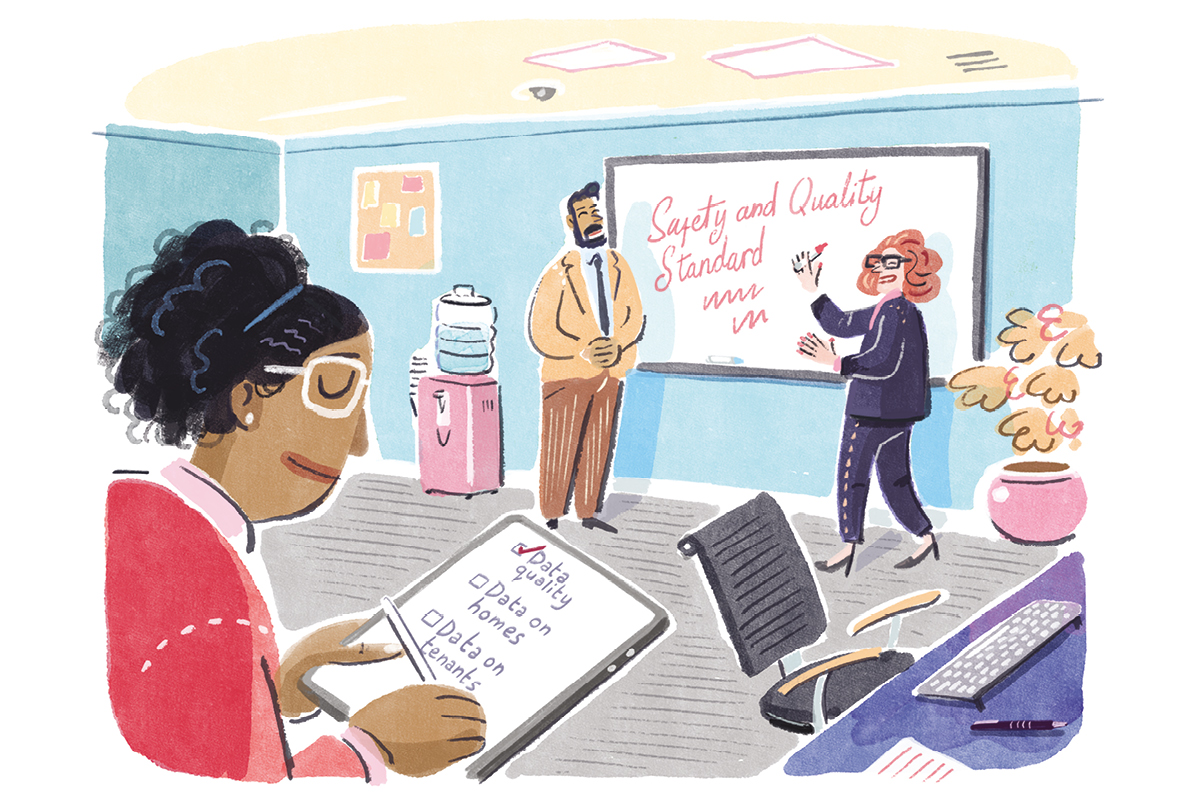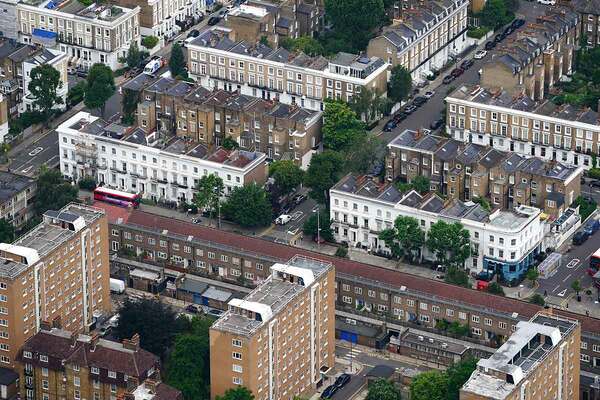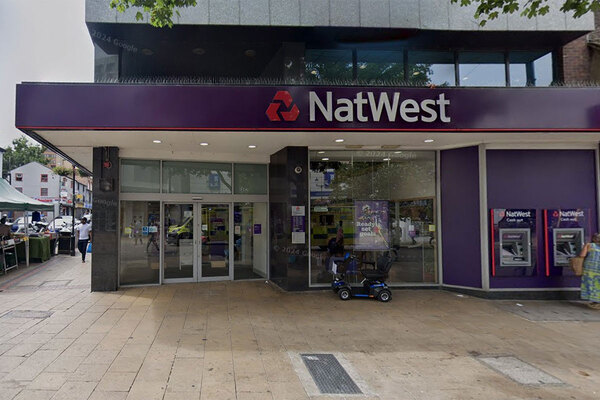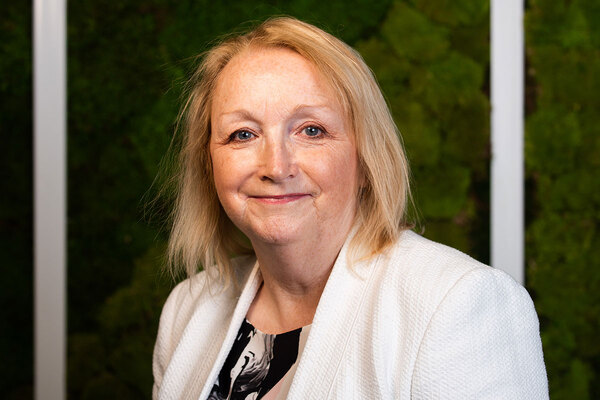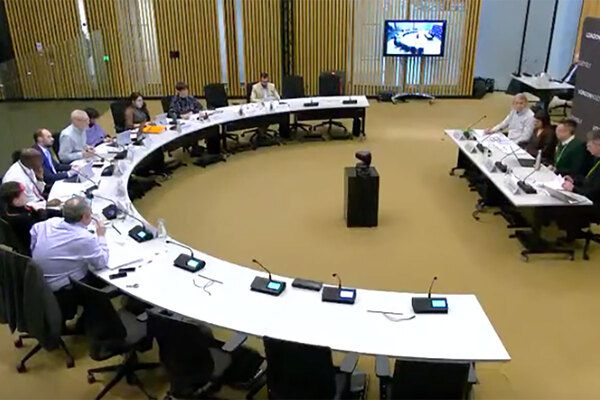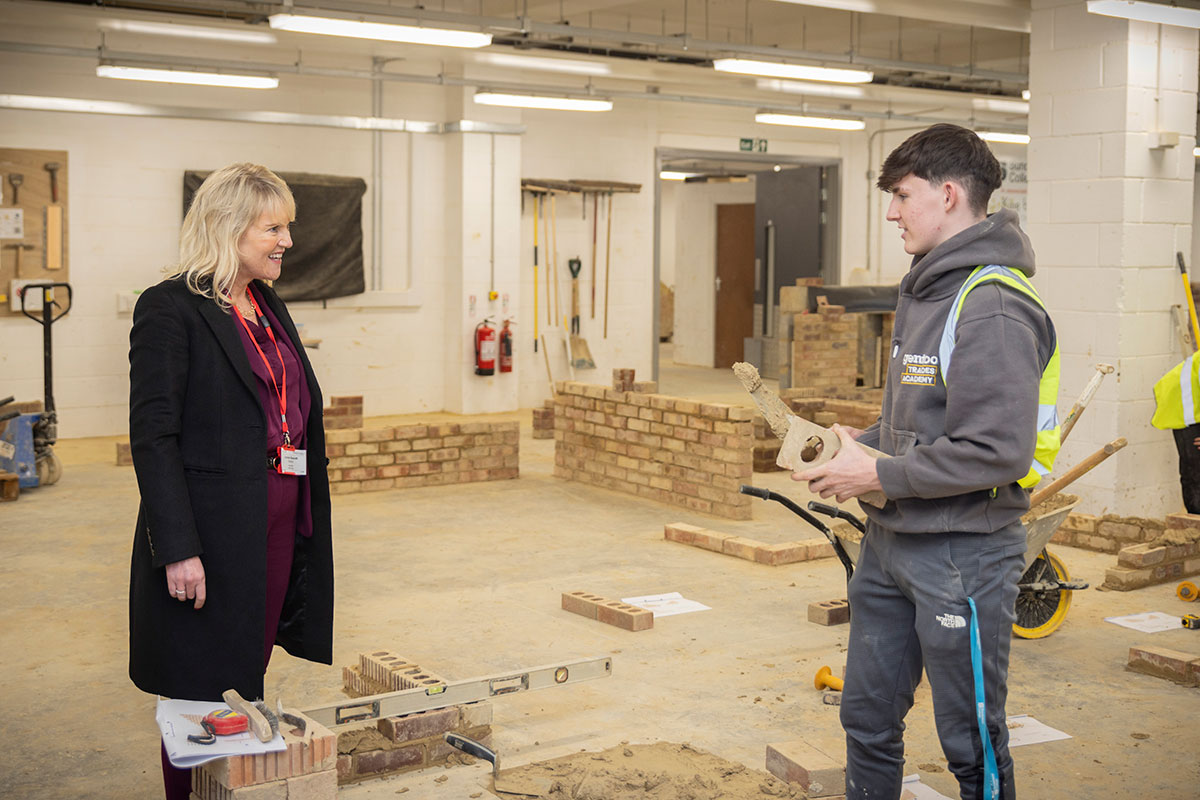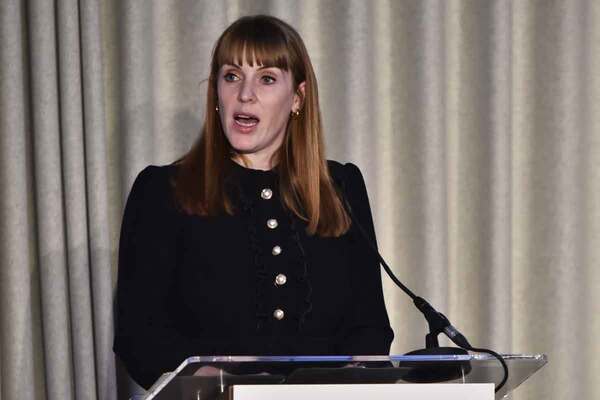Consumer standards series part 1: what it is like to be inspected by the RSH
In the first of Inside Housing’s three-part series on consumer standards, Grainne Cuffe explains how the Regulator of Social Housing goes about inspecting social landlords. The other two articles will be published online later this week. Illustration by Stephen Collins
In June 2017, 72 people lost their lives in what would emerge as one of the most horrific and preventable tragedies in the UK’s modern history.
As details about the Grenfell Tower fire emerged, and through the subsequent inquiry, the country learned that residents were consistently ignored and dismissed when they raised safety concerns to their social landlord. The then-Conservative government announced that the sector would be reformed and that tighter regulation would return.
In 2023, six years after the disaster, the Social Housing (Regulation) Act became law. One of the major changes to be introduced is the new consumer standards inspection regime. Since April 2024, the regulator has been proactively regulating social landlords to judge whether they are meeting the four revised consumer standards. These are:
- Neighbourhood and Community Standard
- Safety and Quality Standard
- Tenancy Standard
- Transparency, Influence and Accountability Standard (including the tenant satisfaction measures)
Grades are given to councils and housing associations following inspections, or when the regulator proactively engages with a landlord after being made aware of potential compliance gaps.
Landlords can be awarded a C1, meaning they are meeting standards, through to a C4, when very serious failings are identified.
Inspection process
The period from a landlord finding out that it will be inspected to being handed a consumer grade generally takes a few months. Jonathan Driscoll, assistant director of regulatory engagement at the Regulator of Social Housing (RSH), told Housemark’s conference in November that the regulator contacts a landlord, usually by phone, to say an inspection will start shortly.
It then sends out a scope outlining what will be included in the inspection and giving an idea of the sort of documents that would demonstrate assurance.
“But we don’t dictate what needs to be sent back to us. That’s going back to the principles of us being assurance based. It’s a really key stage in an inspection, and a lot of value needs to be placed in that time preparing those documents and preparing assurance to demonstrate how you’re meeting the requirements,” he said.
Landlords told Inside Housing that the scoping exercise was split into seven sections, and for each section the regulator asks for a series of documents.
They reported sending between 60 and 70 documents to just over 100. Following this, the RSH comes on site to interview “key leaders”. Those conversations are based on the data previously provided by the landlord.
“We’ll also, in all of our inspections, observe some sort of tenant scrutiny, or a group of involved tenants.
“And then, following the inspection, we’ll put together our findings in a virtual judgement and give a consumer grade,” Mr Driscoll said.
The regulator will be looking for very good data on homes and tenants, and an ability to show that data is kept up to date and used well, he explained.
Board or senior staff assurance is key, meaning that those at the top level of the organisation have themselves seen direct evidence of how the landlord is meeting consumer standards.
Catherine Little, a director at consultancy Campbell Tickell, says: “It wasn’t a surprise that boards have to have assurance. It’s written all over the standards.”
She says that when a landlord is doing a self-assessment, it should check through compliance, but also be thinking about how the board and committees are getting assurance on compliance. “What does your assurance framework have planned in terms of internal audit, external reviews or second line assurance?”
When they cannot give full assurance of something, how are boards overseeing actions to improve this?
Receiving a C1
Watford Community Housing was one of the first landlords to receive a C1. Peter Cogan, group director of operations, says he found the regulator’s staff “very engaging” and “very respectful”.
“It was very clear that they were still working their way through what a C looks like. The G and V are obviously well-trodden for them,” he says, referring to the RSH’s long-standing system for rating landlords on governance (G) and financial viability (V).
60-100
Usual number of documents sent to RSH by social landlords in preparation for an inspection
“I’m sure as it goes through the four-year cycle [of inspections], they will get much better around that. There was still, what level of detail do we go into? Where do we draw the line?”
When the RSH arrived, Watford gave inspectors a small presentation outlining its business plan. Mr Cogan says the presentation outlined things the landlord did well and was “honest” about where it fell down – for example, its repairs service during the pandemic. Following this, the RSH interviewed senior staff.
“They wanted to understand the work that we’ve done around our complaints process. They queried how that was working, and it was clear that they looked at the Housing Ombudsman insight as well,” he says.
Nottingham Community Housing Association also received a C1. Its chief executive Paul Moat says after the regulator interviewed senior staff, it requested around 10 more documents. “They then held a gap assurance meeting with us, where they ran through their initial findings, and they highlighted areas where either there was a strength, or where they were looking for a bit more information, or where they felt there was a gap. And luckily for us, there weren’t any substantial gaps.”
He says the RSH was also very interested in how Nottingham’s corporate strategy was put together, when the board last reviewed the structure of the group and determined that it was the right one to deliver services, risk management and stress-testing.
Mr Moat says: “The regulator [is] regulating new standards, but they came across as really well organised. I thought their questions, their interviews, were manageable and they were fair. What you can’t do is go into this half-hearted – you need to understand your organisation. And the regulator knows what they’re looking for. You need to know your stuff, and you need to present it in a way that has credibility to it.”
Sign up for our daily newsletter
Already have an account? Click here to manage your newsletters
